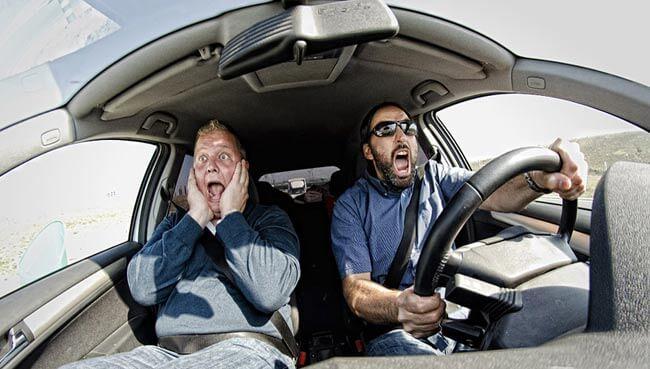
Driving safety
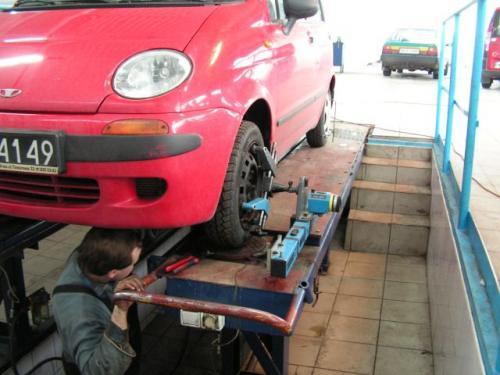 When it comes to safety, car manufacturers have done their best, everything else is up to the user.
When it comes to safety, car manufacturers have done their best, everything else is up to the user.
In terms of safety, the car manufacturer did everything he could, the rest is up to the user.
To encourage customers to buy, car manufacturers emphasize that their products are safe. This is evidenced by successfully passed crash tests - factory and independent organizations. The number of safety stars awarded is often the maximum, as is the design of the car to the maximum. The exceptional braking performance and fast cornering offered in brochures and promotional films are possible because the extraordinary car is in perfect technical condition.
However, it is worth realizing that during the operation of the car, its components are subject to natural wear and tear, and with it the level of safety deteriorates. Maintaining the proper technical condition of the suspension, steering and brakes is now in the interests of the car owner.
Braking system
The design and characteristics of the brake system depend on the class of the vehicle and its characteristics. Disc brakes are used on the front wheels, and disc brakes on the rear wheels, or less effective drum brakes. As a rule, the stopping distance of a car from 100 km/h to 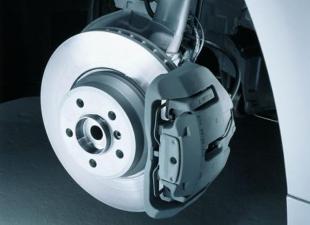 detention. Sports cars have the most efficient braking system and are able to stop at a distance of 36 meters (for example, the Porsche 911). The worst cars in this regard need 52 meters (Fiat Seicento). Friction discs and linings wear out during operation. The so-called blocks withstand from 10 to 40 thousand. km, depending on the quality and manner of driving, and the brake disc - about 80 - 100 thousand. km. The disc must be of sufficient thickness and have a flat surface. As a rule, the periodic replacement of the brake fluid is not observed, the effectiveness of which decreases from year to year. This is due to the hygroscopic (water-absorbing) properties of the liquid, which loses its properties. Brake fluid is recommended to be replaced with a new one every 2 years.
detention. Sports cars have the most efficient braking system and are able to stop at a distance of 36 meters (for example, the Porsche 911). The worst cars in this regard need 52 meters (Fiat Seicento). Friction discs and linings wear out during operation. The so-called blocks withstand from 10 to 40 thousand. km, depending on the quality and manner of driving, and the brake disc - about 80 - 100 thousand. km. The disc must be of sufficient thickness and have a flat surface. As a rule, the periodic replacement of the brake fluid is not observed, the effectiveness of which decreases from year to year. This is due to the hygroscopic (water-absorbing) properties of the liquid, which loses its properties. Brake fluid is recommended to be replaced with a new one every 2 years.
Shock absorbers
Worn shock absorbers increase stopping distance. During the operation of the car, the damping of vibrations by shock absorbers continues to deteriorate, to which the driver gets used. Therefore, every 20 thousand km, the degree of wear of the shock absorbers should be checked. They usually endure 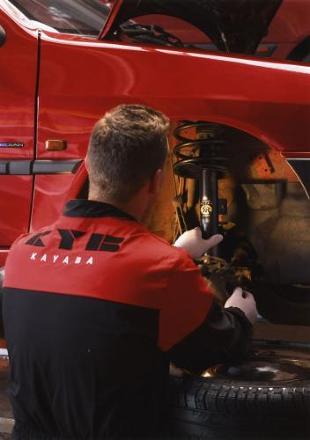 they run 80-140 thousand. km. Concerns about shock absorber wear: Excessive body roll when cornering, diving into the front of the car when braking, waviness of the tire tread. The accelerated wear of shock absorbers is affected not only by the condition of the road surface, but also by the imbalance of the wheels. Theoretically, the wheels should be balanced after each sudden braking with wheel lock and entry into a hole in the road. In our conditions, this would have to be done constantly. When replacing a shock absorber, install the same type of shock absorber recommended by the vehicle manufacturer.
they run 80-140 thousand. km. Concerns about shock absorber wear: Excessive body roll when cornering, diving into the front of the car when braking, waviness of the tire tread. The accelerated wear of shock absorbers is affected not only by the condition of the road surface, but also by the imbalance of the wheels. Theoretically, the wheels should be balanced after each sudden braking with wheel lock and entry into a hole in the road. In our conditions, this would have to be done constantly. When replacing a shock absorber, install the same type of shock absorber recommended by the vehicle manufacturer.
Geometry
The angles of the road wheels and their arrangement is called suspension geometry. The toe-in, camber of the front (and rear) wheels and kingpin travel are set, as well as the parallelism of the axles and the coating of the wheel tracks. Correct geometry is important 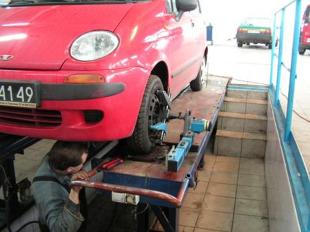 on vehicle handling, tire wear and automatic return of the front wheels to the "straight" position. The suspension geometry is broken due to wear of the suspension and steering elements. A signal of poor geometry is uneven tire wear and the car "pulling out" when driving straight ahead.
on vehicle handling, tire wear and automatic return of the front wheels to the "straight" position. The suspension geometry is broken due to wear of the suspension and steering elements. A signal of poor geometry is uneven tire wear and the car "pulling out" when driving straight ahead.
I do not recommend using cheap substitutes, because their use is more expensive. The low price is due to the use of poor quality materials. So such a part wears out faster and you have to replace it with a new one. This applies to both friction linings (pads), and shock absorbers, tie rod ends and silent blocks.